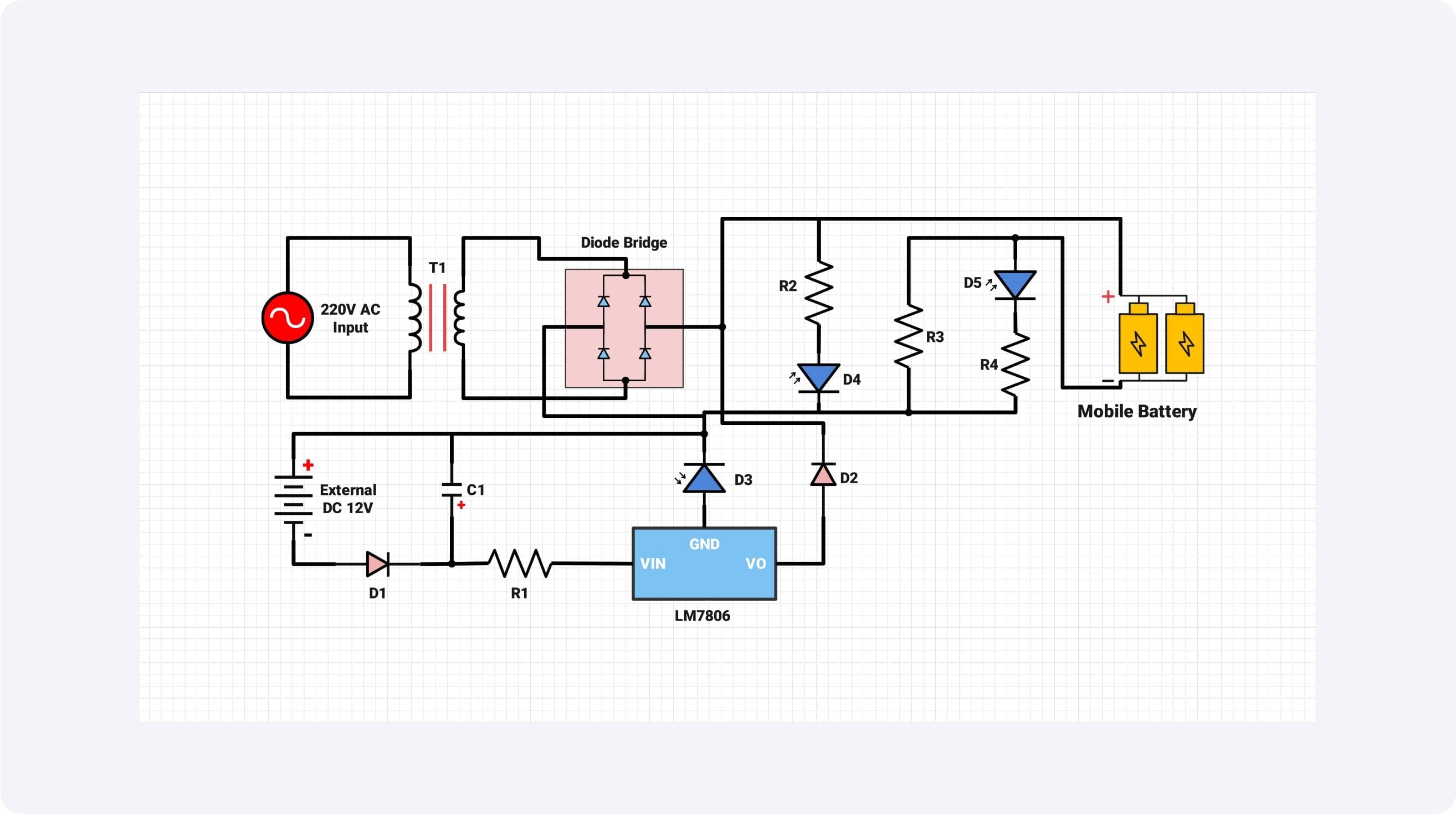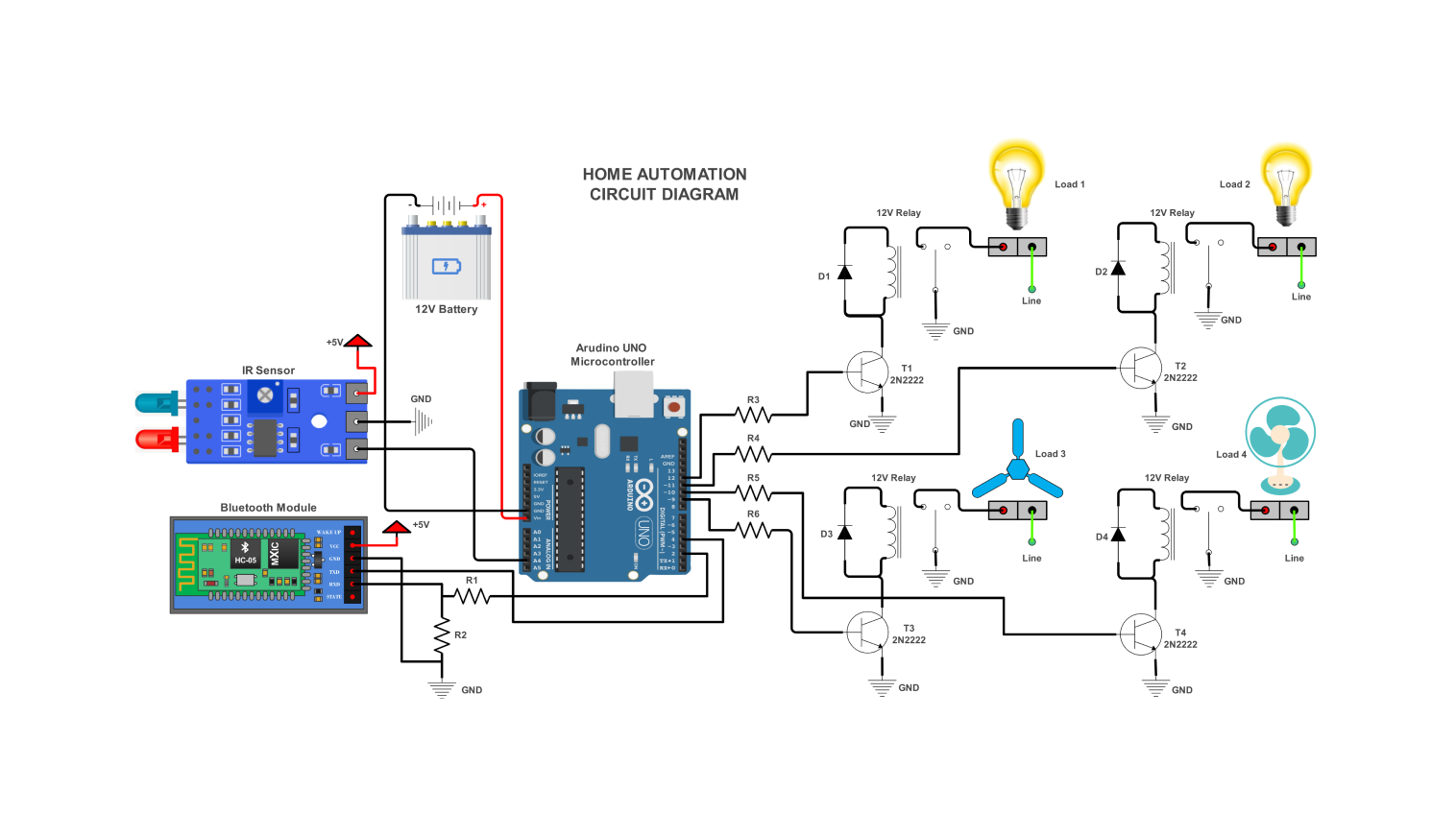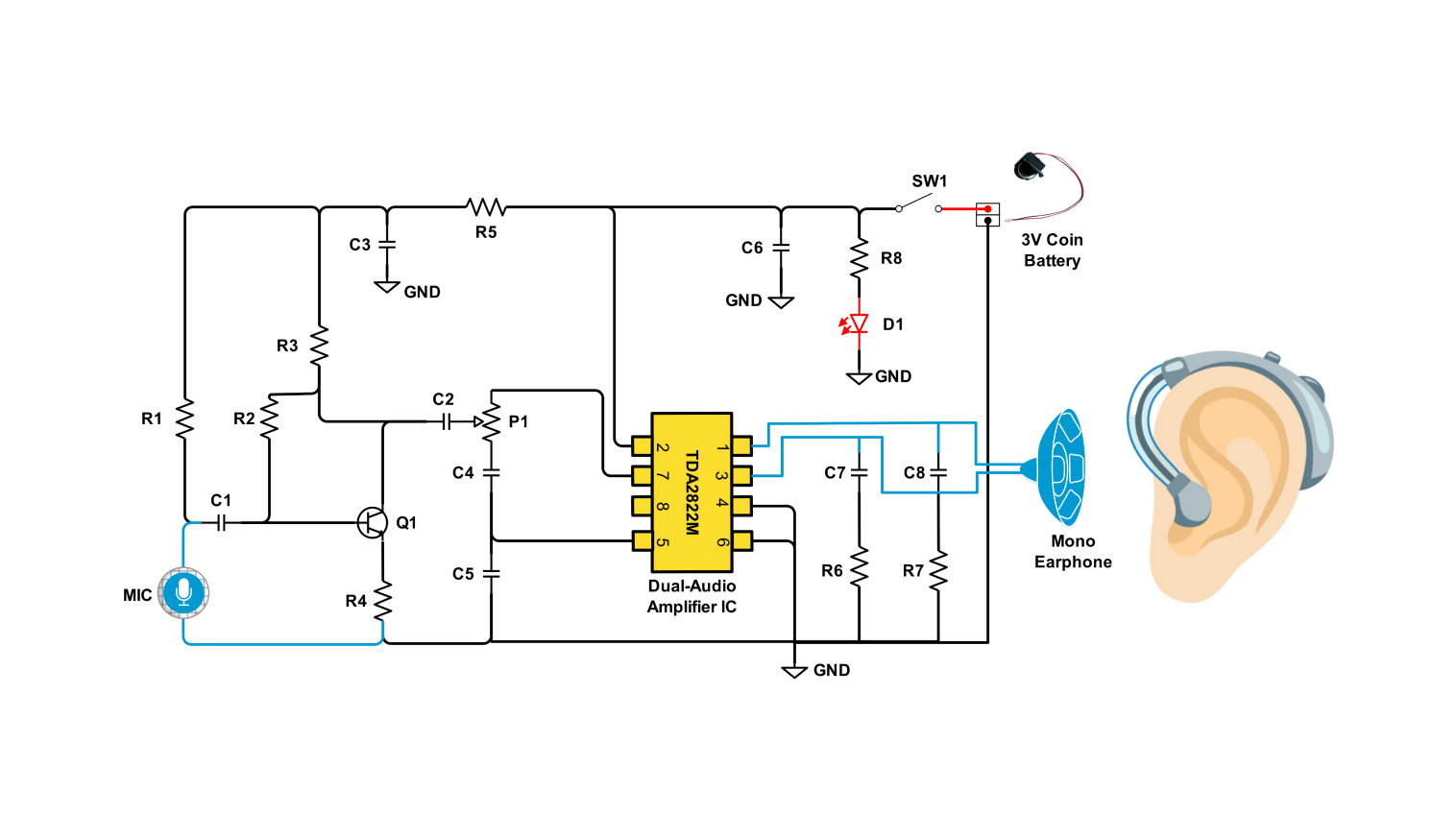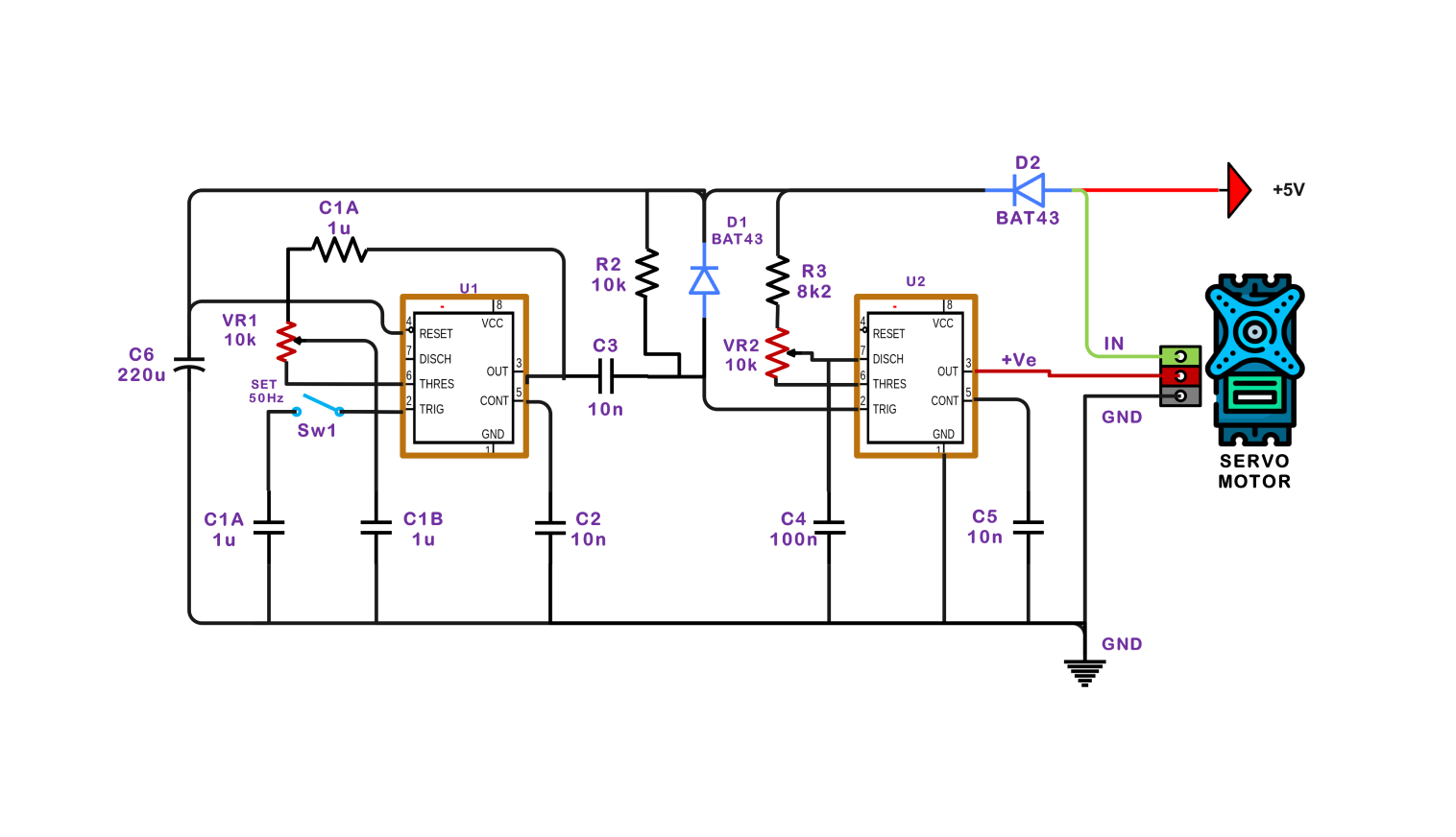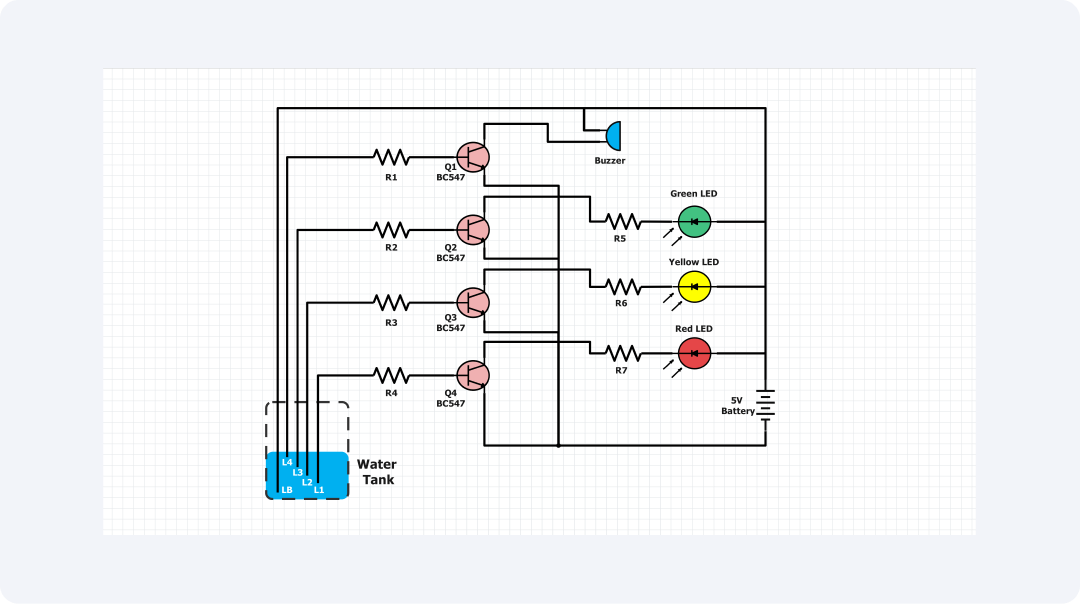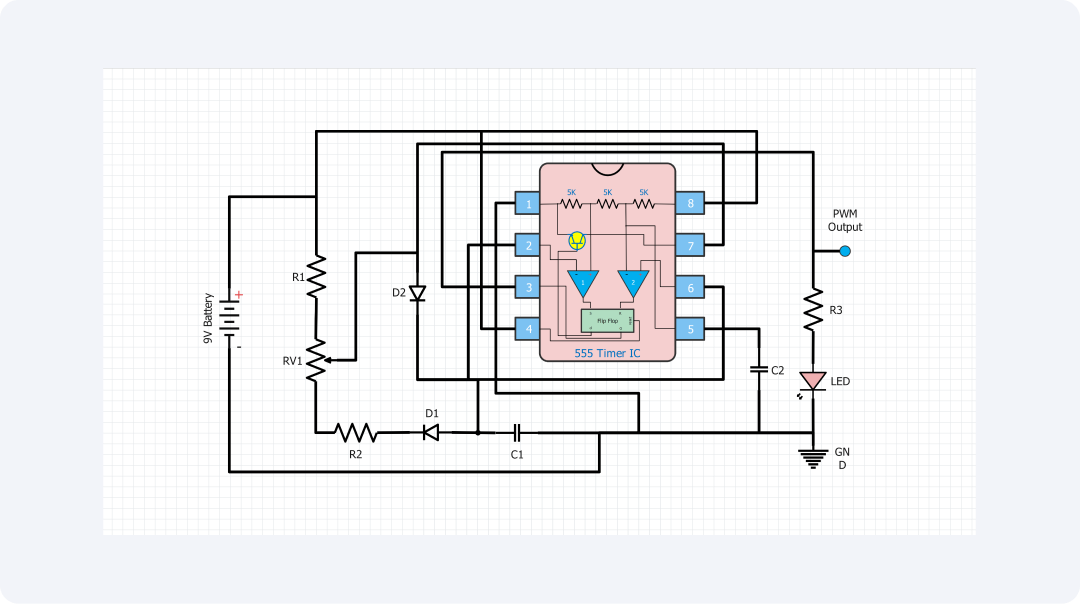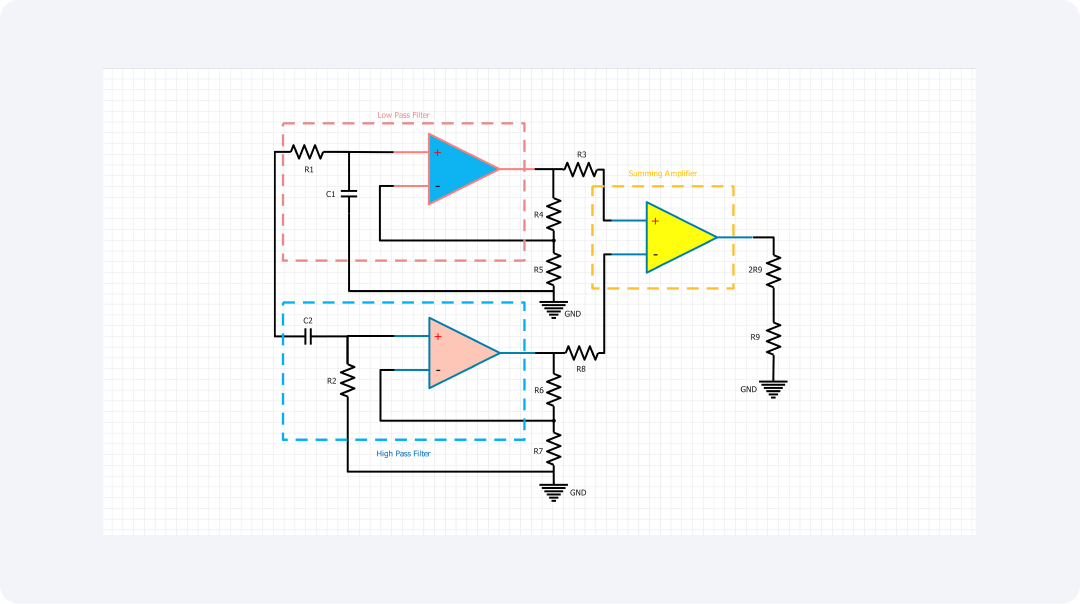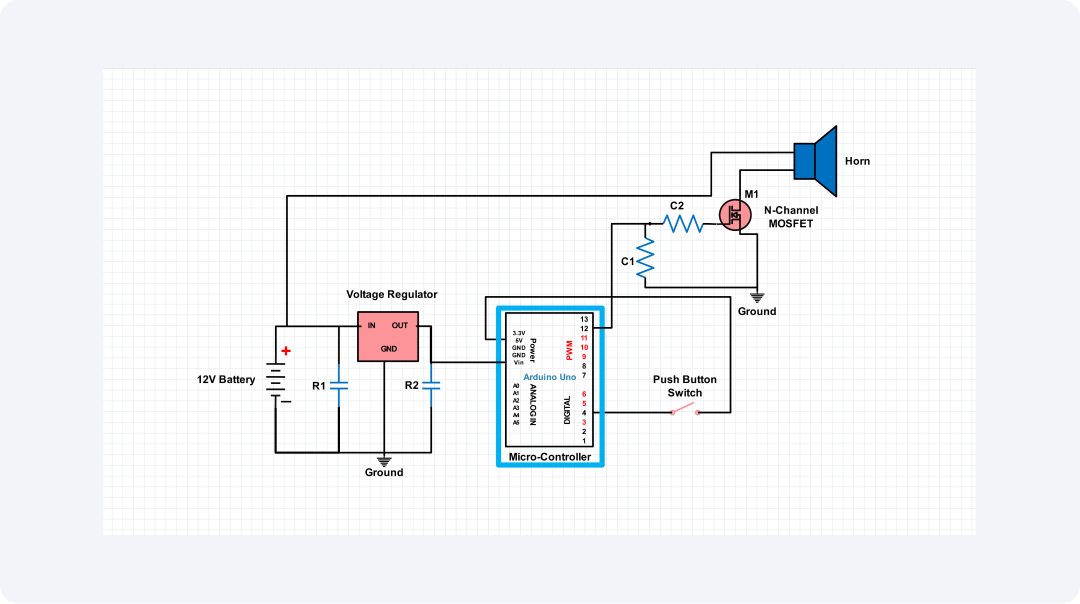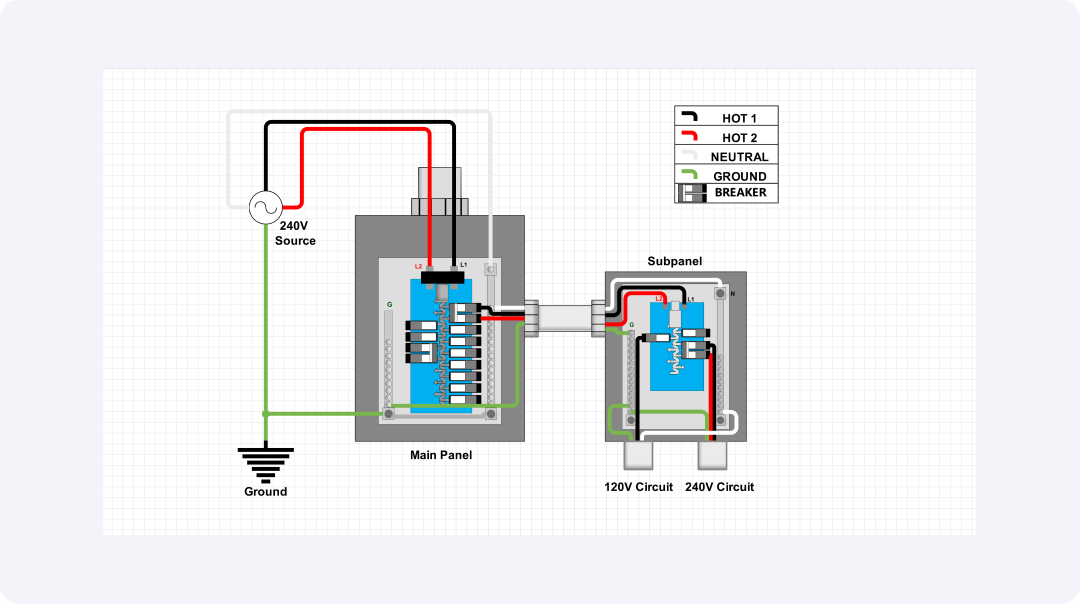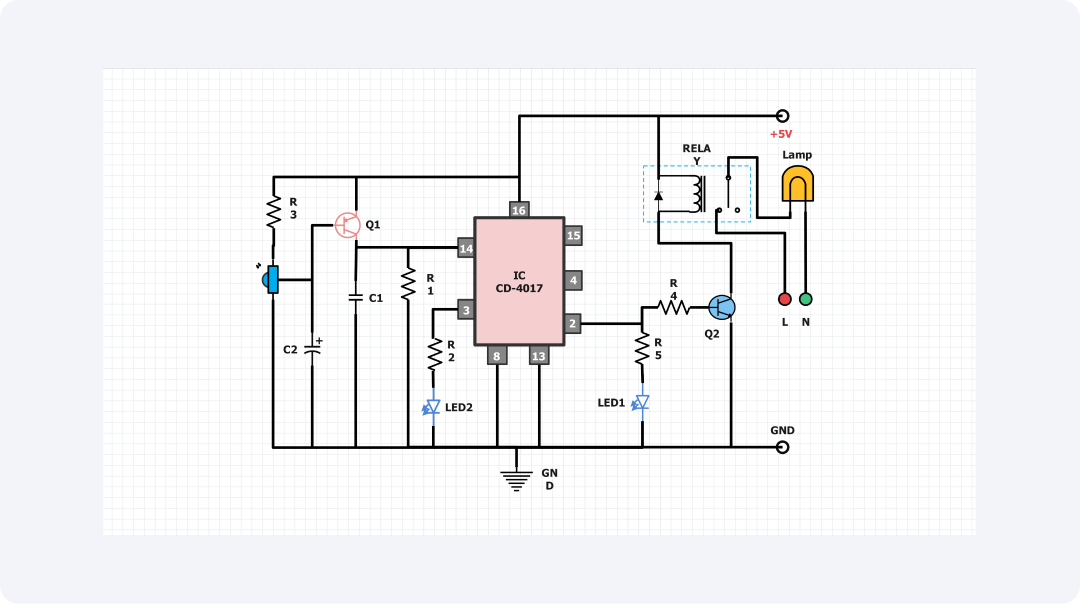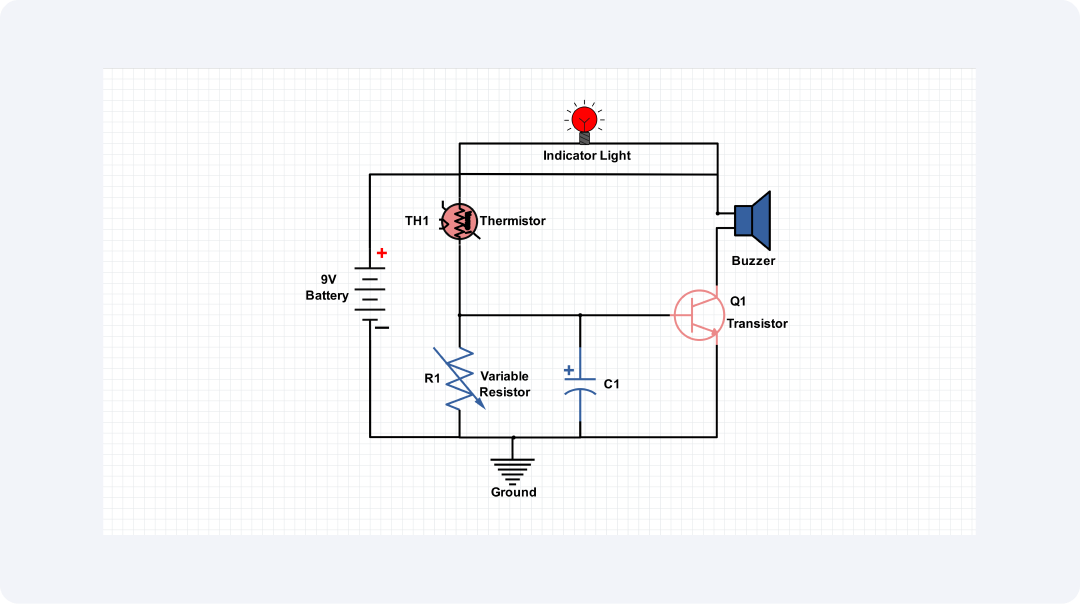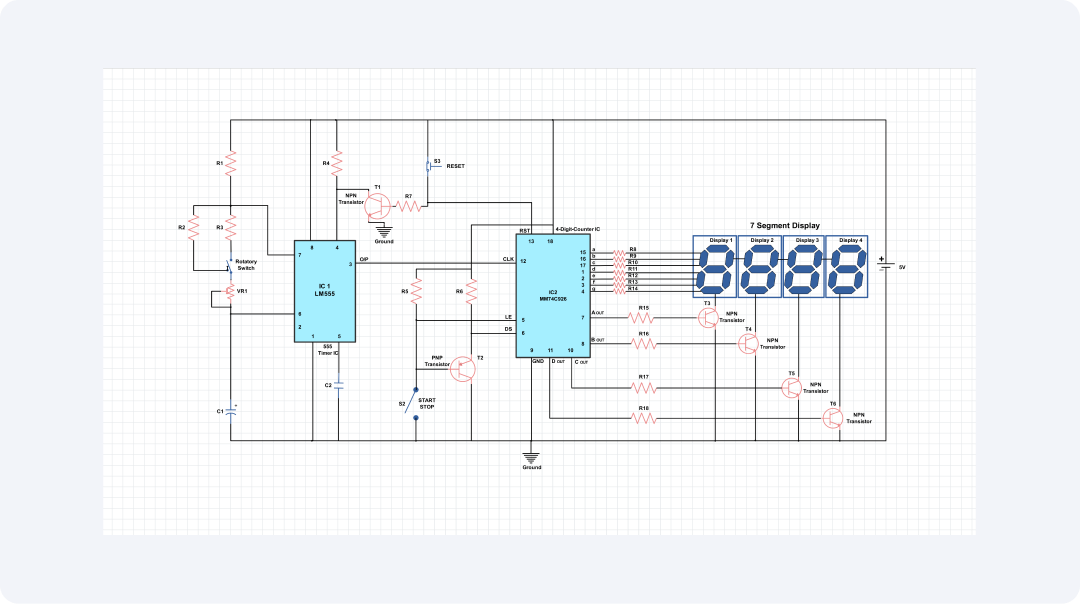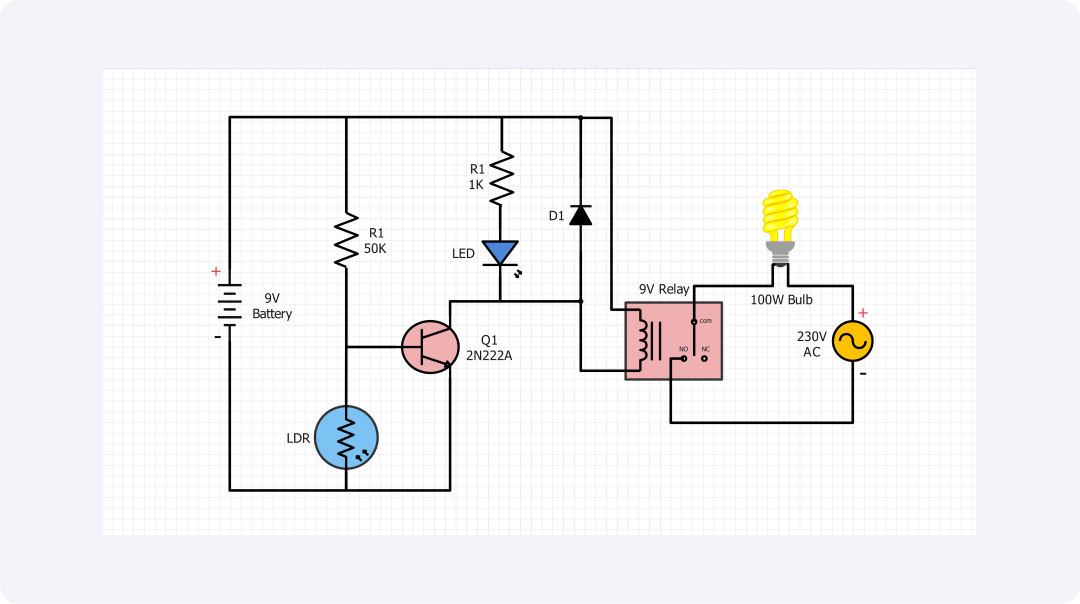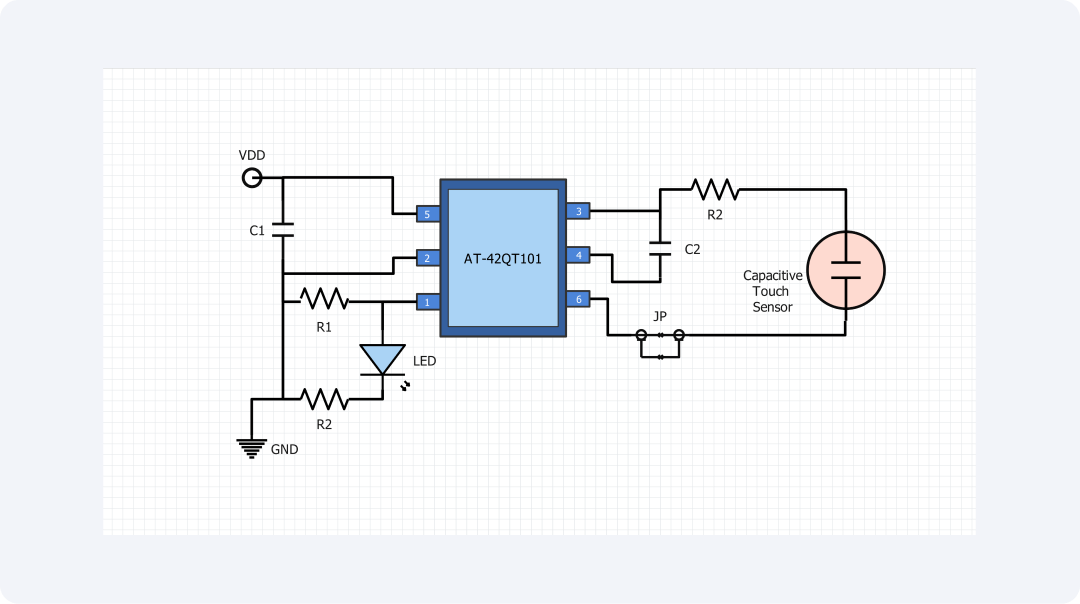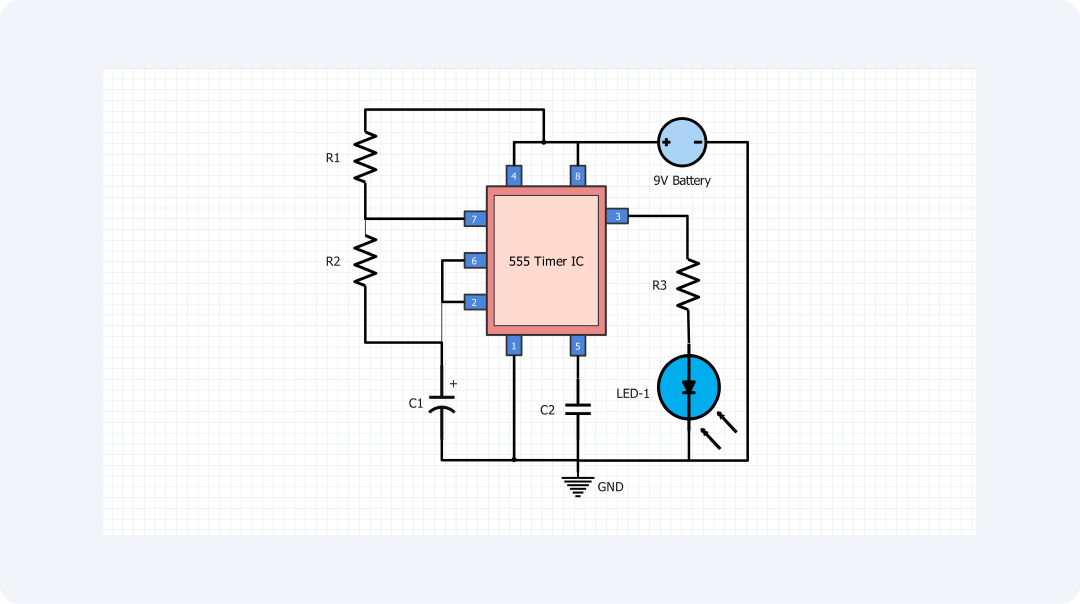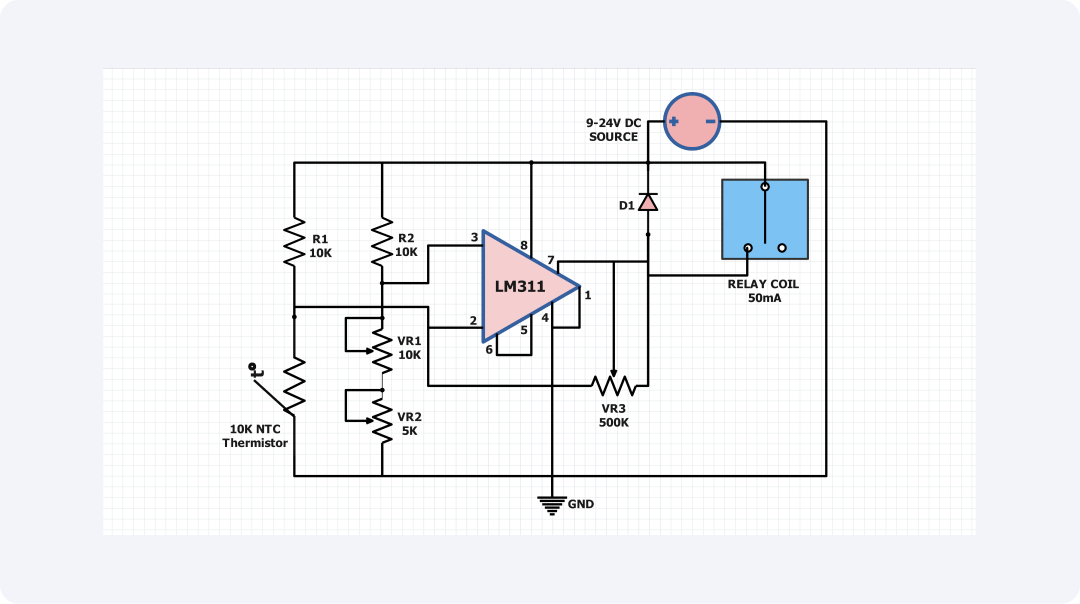- Templates
- Circuit diagram templates
- Mobile battery charging circuit diagram
About this mobile battery charging circuit diagram
The circuit diagram presents the layout of a mobile battery charging system. This circuit is mainly designed to rectify the 220V AC mains to a regulated DC voltage to charge a mobile battery.
During the input stage, the 220V AC supply voltage adds the up-supply voltage introduced through a transformer T1. The diode bridge rectifier circuit changes the AC voltage into a series of pulsating DC voltage.
The DC output at the diode bridge is rectified and pulsating which is again filtered by capacitor C1 that gives a stable voltage output. The smoothed DC voltage is rectified further through the LM7806 Fixed-Voltage regulators to give a steady 6.0v/DC voltage supply.
The regulated 6V DC is then taken across the mobile battery through a series resistor R1. By this resistor in the charging circuit, together with the diodes D1, D2, D3, and D4, the charging current is regulated and the battery is protected from back connections.
The mobile battery is among the two symbols on the right side of the diagram. These symbols show the polarity of the battery pack which can be connected to the charging circuits.
Diodes D3 and D4 are in the charging circuit. They block current from flowing back to the mobile battery when the power supply is off. This assists in the management of the battery charge and makes the device to be on standby when power is restored.
An easy voltage regulation circuit uses R2 and D5 in series. It supplies a reference voltage to the LM7806 device. This ensures the output voltage is steady even though the input power varies in nature.
The mobile battery charging circuit is common in many portable devices. These include smartphones, tablets, and battery-powered appliances, as well as portable power supplies. A transformer, rectifier, and voltage regulator circuit successfully enable the charging of the battery from a normal 220V AC supply.
This design is said to be simple. It can also protect the battery from overcharging or reverse polarity. So, it is often used in mobile device chargers. It can be used by hobbyists, engineers, and technicians. They are developing portable power systems or battery-powered devices.
Related templates
Get started with EdrawMax today
Create 210 types of diagrams online for free.
Draw a diagram free Draw a diagram free Draw a diagram free Draw a diagram free Draw a diagram free